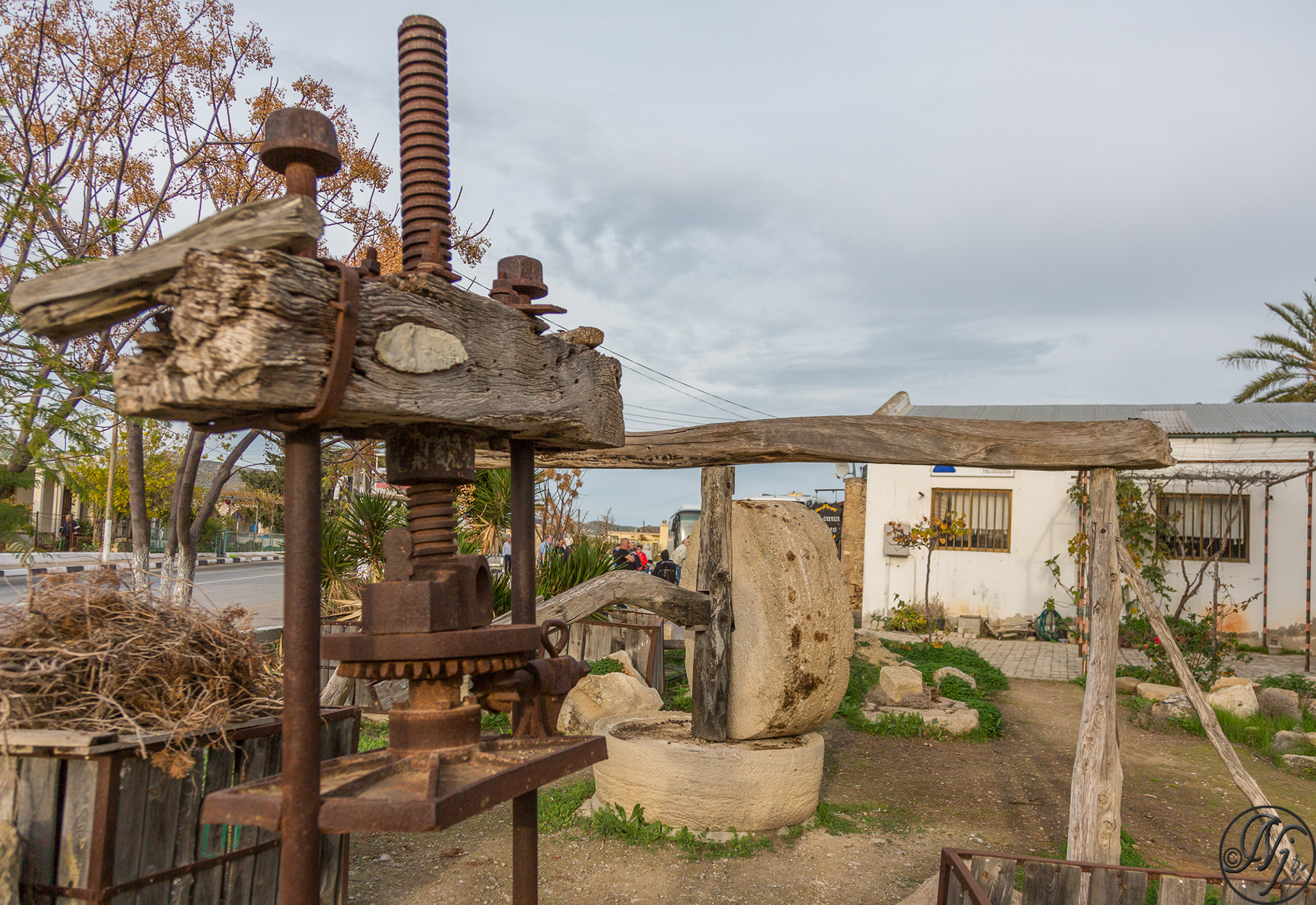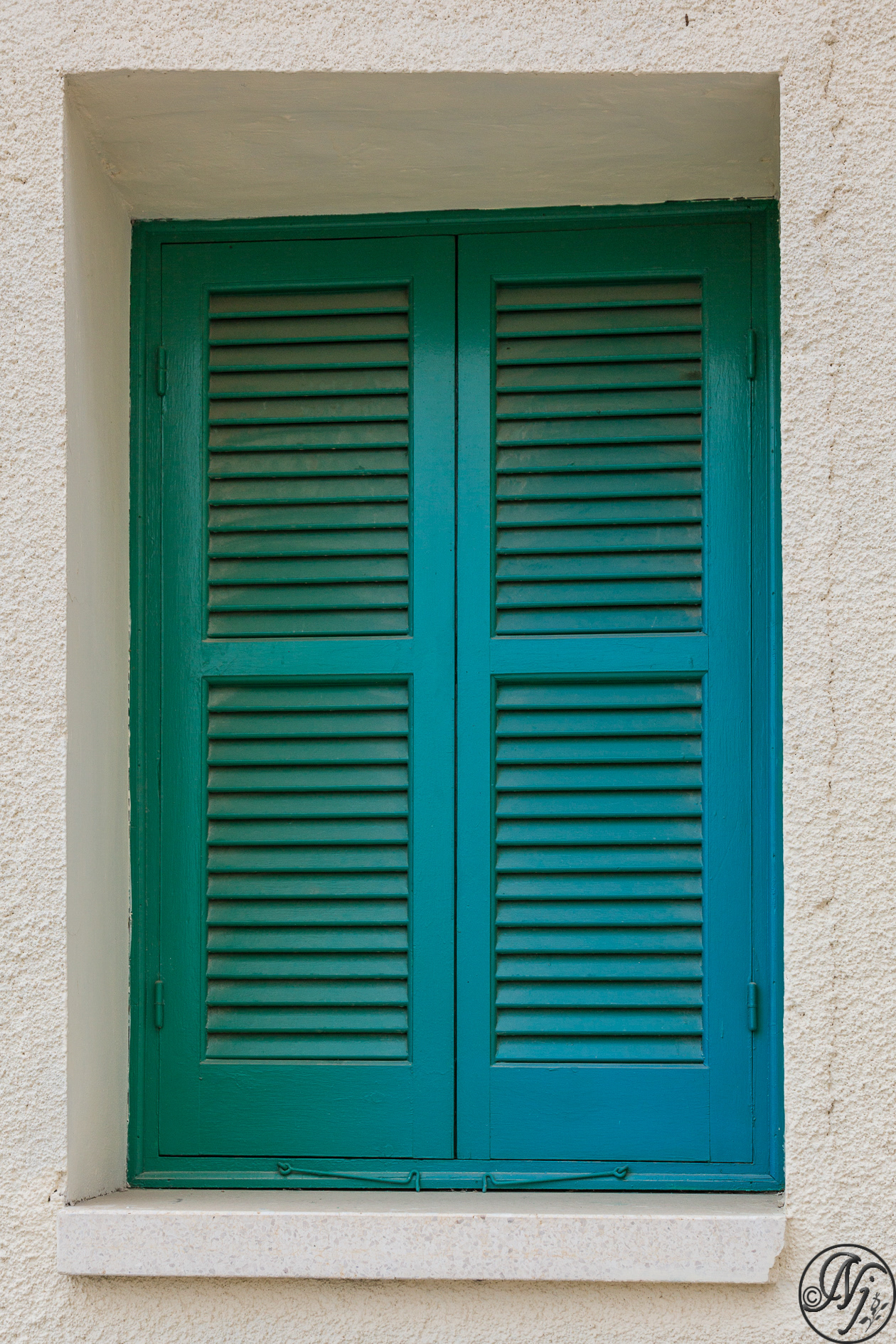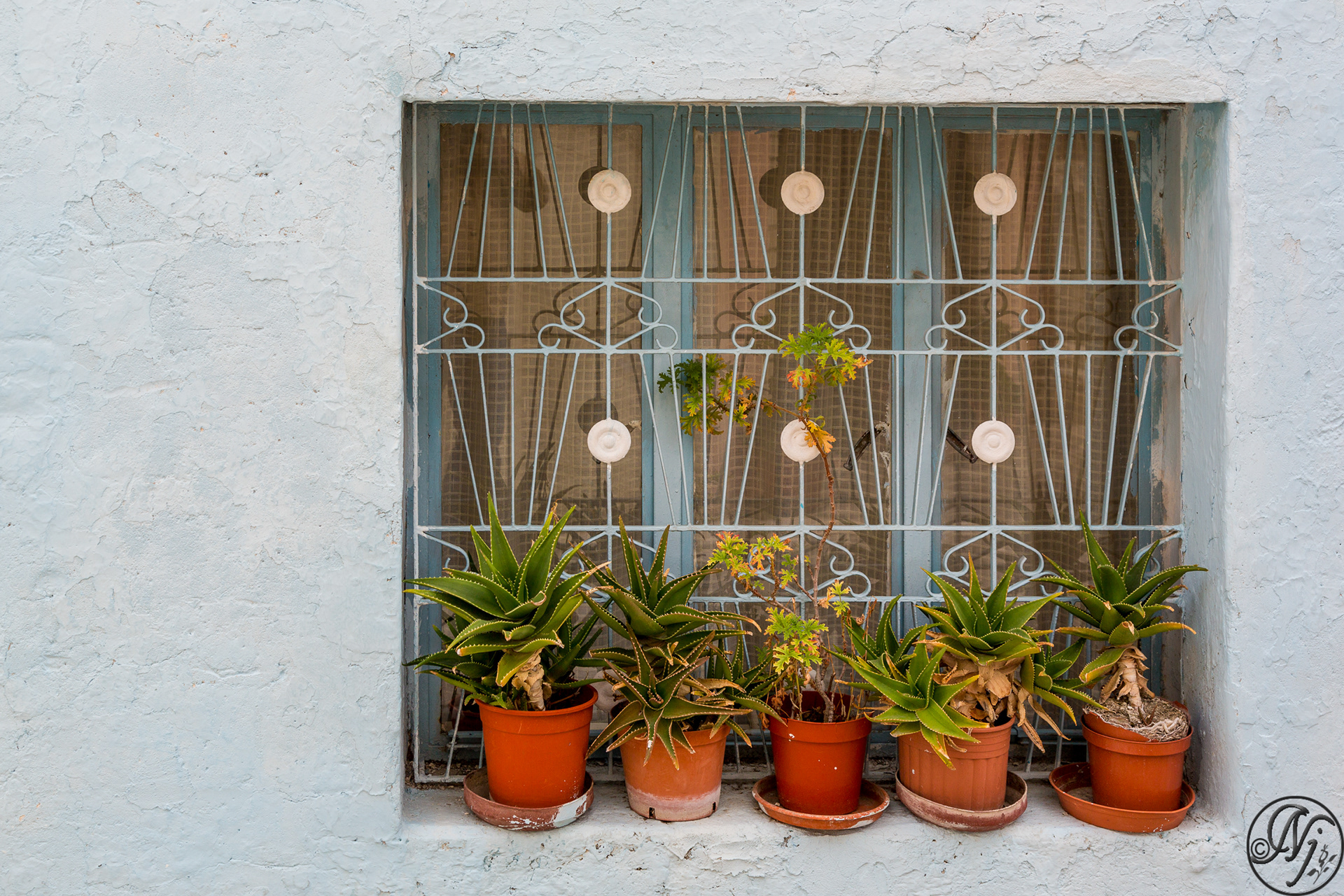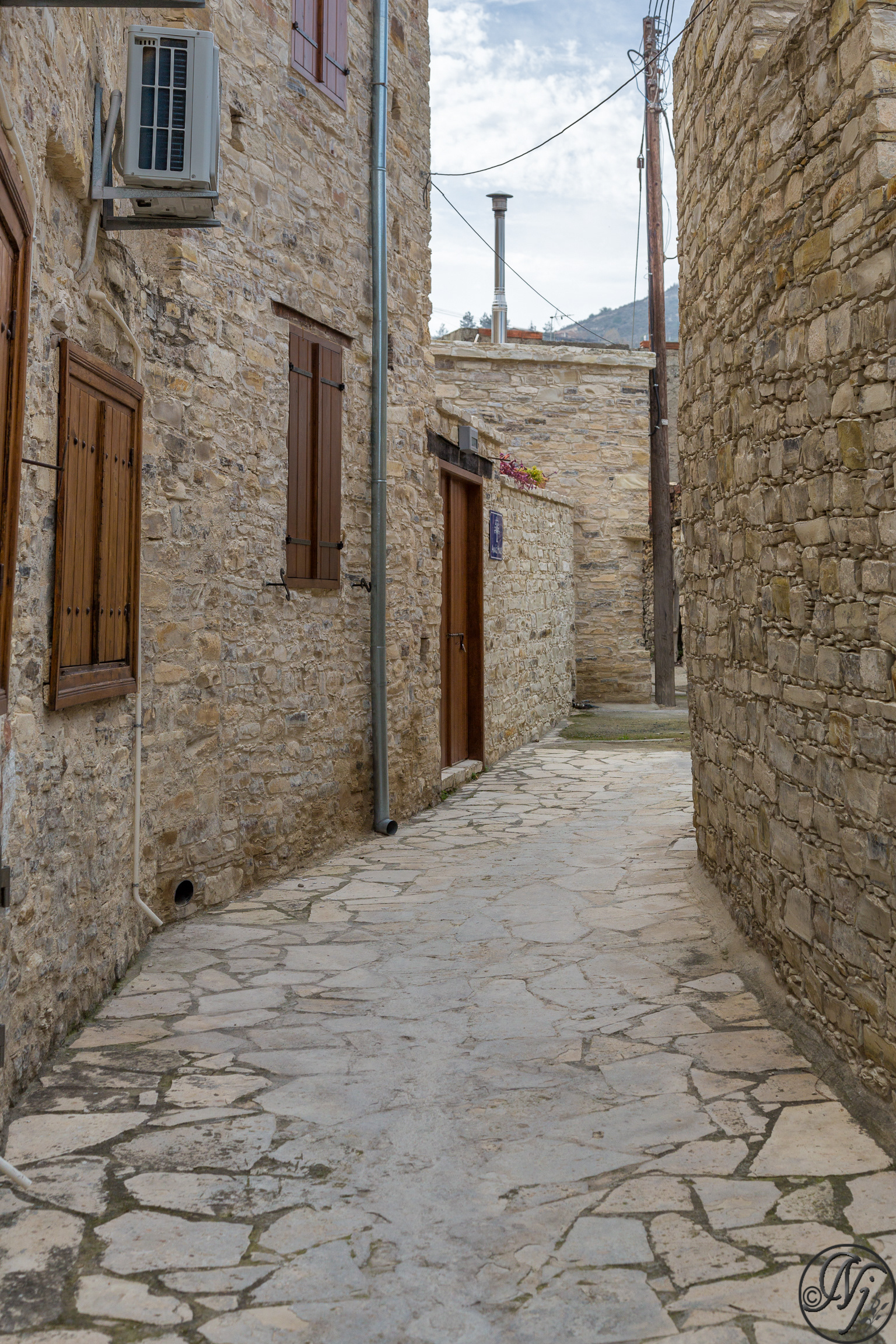





















The Neolithic archaeological remains found in the village are proof that the region around Lefkara has been inhabited uninterruptedly for many centuries. The first historical testimony of the existence of Lefkara with its present-day name is found in the testament of Saint Neophytos, born in 1134 in the village of Kato Drys near Lefkara, when Cyprus was part of the Byzantine Empire. The house, which consists of just a single room, where Saint Neophytos met with his wife-to-be the night before he ran away to become a monk, still stands. Although a newer house has been built around it, it is now unoccupied and owned by Mrs. Maritsa Kallou. During the Frankish and Venetian period (1191-1571) Lefkara became a fiefdom. In the 16th century, it was the largest town in Cyprus. From 1571 to 1878 Cyprus was occupied by the Turks. Most of the houses conserved today in the village date from this period. The bare stone façades with few openings, the layout of rooms around an inner courtyard and the flat rammed-earth roofs are typical elements of the architecture of Lefkara until the late 19th century. Info:Wikipedia





















